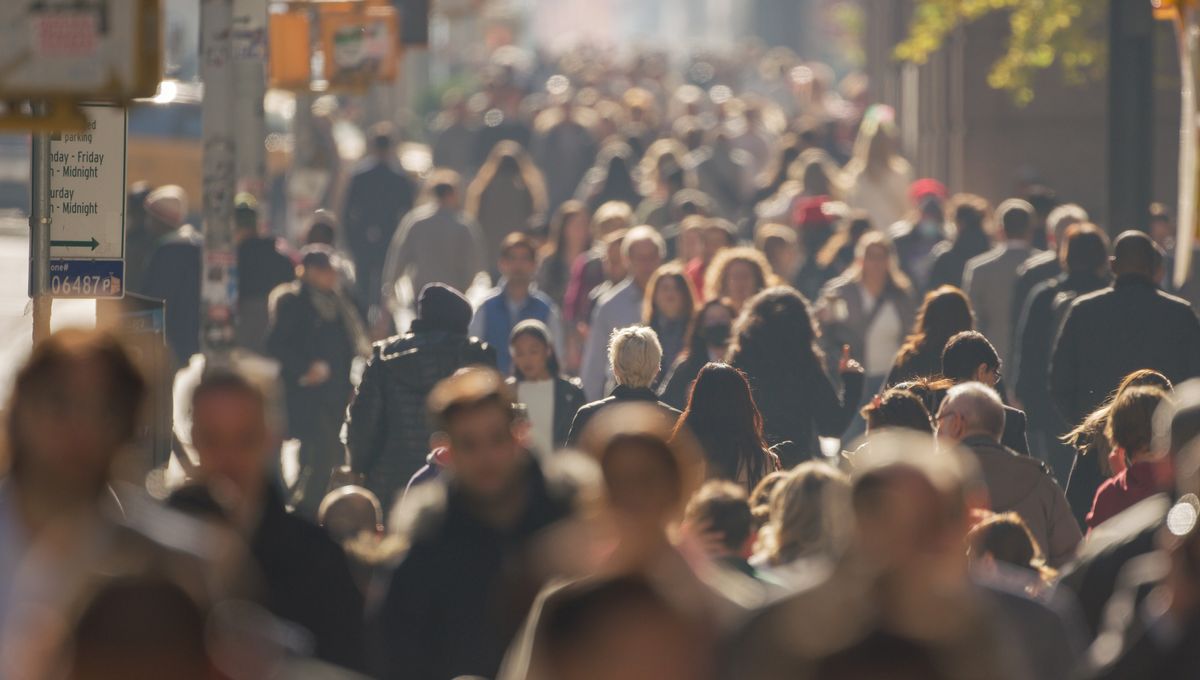
In 1804, the world population finally reached 1 billion. Over the next 218 years, the gaps between reaching the next billion mark would become shorter and shorter until, in 2022, the UN announced that there were 8 billion people alive on Earth. With the number still ticking up, where are we now?
The figure for the current world population depends on where you look – not to mention that it’ll most certainly have changed between the time of writing and when you read this article.
Worldometer puts it at just over 8,179,550,700, while others have it slightly lower: The World Counts at just under 8,133,842,800 and the US Census Bureau at 8,075,980,800. It’s difficult to know whether any of those figures are exactly correct because, well, it’d be pretty impractical (not to mention fairly intrusive) to track every birth and death at the exact moment that they happen.
Instead, as the Australian Academy of Science explains, world population clocks use “all the information available to determine population increase over the course of the coming year.” That might include census data, birth and death records, and academic studies.
“Because population growth is continuous, and a clock that updates once every 12 months is a little boring, it divides the estimated annual increase by the number of seconds in a year (31 536 000),” the Academy continues. “This gives it the appearance of constantly ticking upwards.”
How big is it going to get?
Regardless of who’s right about the current status of the world population, the number of humans on the planet isn’t expected to keep ticking up forever. Earlier this year, the UN’s most recent edition of the World Population Prospects report estimated that the global population will peak at around 10.3 billion in the mid-2080s and then drop to 10.2 billion by 2100.
Not only is that predicted peak and fall much earlier than expected, but if it happens, it’ll be the first time since the Black Death in the 14th century that the global population will have fallen.
Even while the global population continues to grow in the meantime, there are plenty of places that have already seen growth slow, or even start to decline. Some of the more well-known examples of the latter might be Italy and Japan, but according to the Central Intelligence Agency – which makes its population growth rate data publicly available – decline is at its greatest in the Cook Islands, where growth sits at -2.24 percent.
While on a country-wide scale lots of factors can affect population growth – not just births and deaths, but also migration – one of the likely primary drivers behind the earlier population peak and fall is thought to be declining birth rates. More than half of the world’s countries and areas have fertility rates that fall below replacement fertility – the 2.1 live births per woman required, in theory, to keep a population stable.
What will the world look like when the population finally starts to fall? Only time will tell, but scientists certainly have some ideas.
Source Link: What’s The Current Population Of The World?